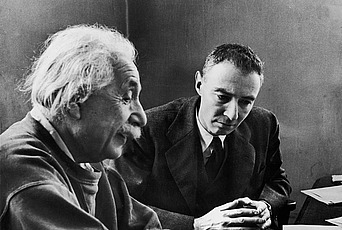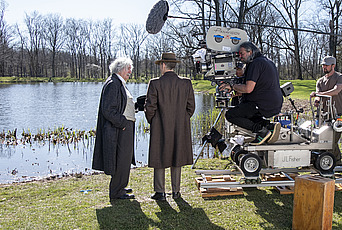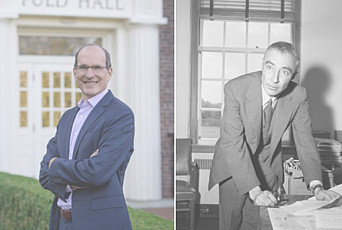Oppenheimer’s Second Act

Christopher Nolan’s Oppenheimer captures the crisis sparked by physicists’ unleashing of the power of the atom, as well as the efforts of one of those physicists to come to grips with the birth of a technology that threatens the survival of humanity. Equally dramatic is Nolan’s depiction—assisted by a protean Robert Downey Jr.—of politicians’ efforts to gain power by demonizing their nation’s most famous scientist when he offered a warning they did not want to hear.
The movie’s success suggests that Oppenheimer resonates as an allegory for our own age. In the face of artificial intelligence, climate change, and the ongoing threat posed by nuclear weapons, many people are asking what is today called “the alignment question.” Can the technology we have created be aligned with humanity, or will it destroy us? Another question that remains powerful is the political one, evident in some of today’s “culture wars”: are the cultures of popular democracy and scientific expertise at odds, or can they be “aligned” for mutual enrichment?
After leaving Los Alamos, Oppenheimer spent nearly twenty years at the Institute for Advanced Study building an answer to these questions. Apart from brief scenes—such as Albert Einstein’s imagined conversations with Oppenheimer by the Institute’s pond—Nolan’s movie ignores Oppenheimer’s second act. But given the ongoing importance of these questions, Oppenheimer’s answer to them demand just as much of our attention as his bomb.
If Oppenheimer’s first act was dedicated to building a technology (the “Gadget”), his second was devoted to an institution. The Institute was already famous when Oppenheimer joined it in 1947. It was home to some of the world’s most remarkable minds, each worthy of a biopic, including Albert Einstein, John von Neumann (who helped design the A and H bombs, invented the architecture for stored program computing, and conceived of game theory), Kurt Gödel, Erwin Panofsky, and many others. But with Oppenheimer’s arrival, he and his colleagues doubled down on the founding values of the Institute, convinced that those values could underwrite the kind of knowledge and discovery needed to meet a rapidly emerging crisis of humanity.
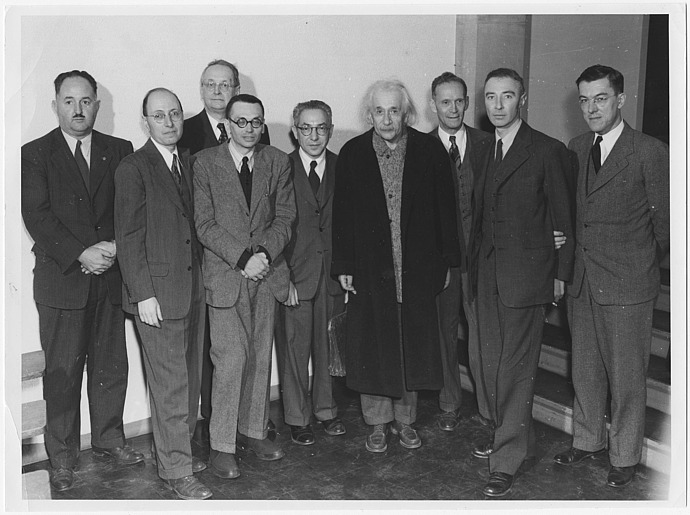
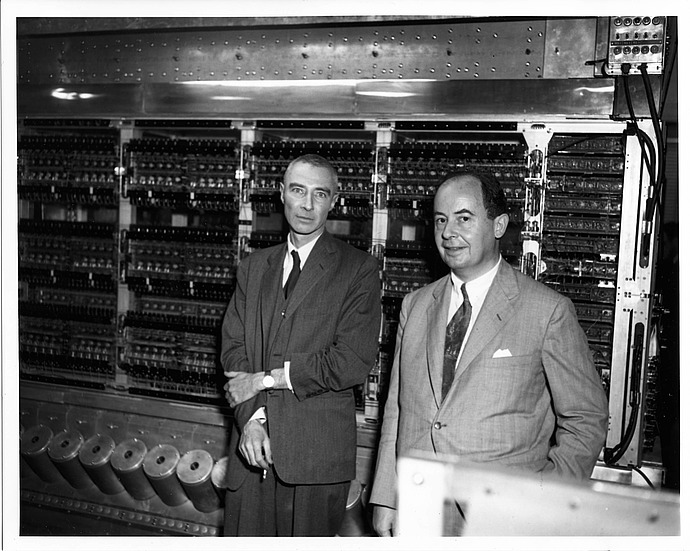
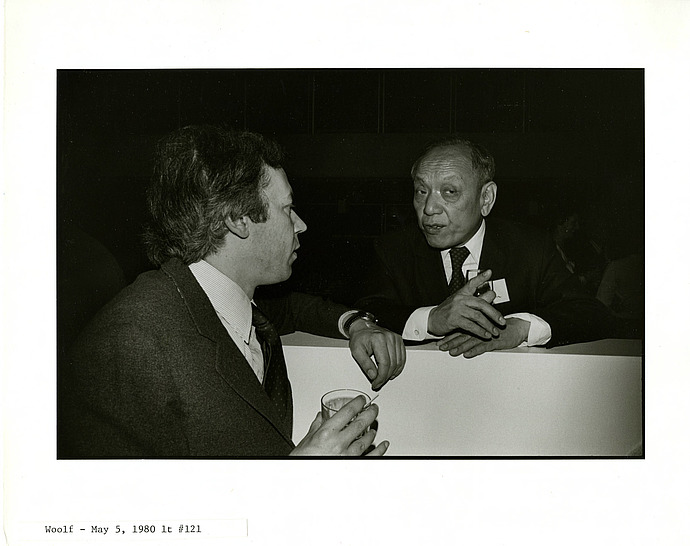
What were those values? First, talent knows no borders. Already in 1930, the Institute’s founding documents enjoined its Faculty to gather those with the greatest potential for discovery wherever in the world they are found, regardless of race, religion, gender, or politics. Oppenheimer himself combed the world looking for talent in all fields, personally arranging the details of how to extract a promising mathematician, Shiing-Shen Chern, from war-torn China in 1948. In fields from ancient philosophy to quantum physics, his Institute’s criterion was excellence.
The second principle: disciplinary consensus untested by diversity is not knowledge. If our institutions of research and education are composed of people that all think alike, they will not be pushed to test their ideas. In 1931, Abraham Flexner, the Institute’s founding Director, suggested that its planned school of economics should include on its faculty the best Bolshevik economist it could find, since ideas are tested through reasoned disagreement. One of Oppenheimer’s colleagues (von Neumann) was one of the first to call attention to the disastrous potential of the human contribution of carbon to the atmosphere. Another (Freeman Dyson) later dissented from the emerging consensus about climate change.
Third, the most pressing questions of humanity are not bounded by disciplines. Oppenheimer knew that knowledge in many disciplines had exploded in his lifetime. “In some sciences,” he wrote in 1960, “the last five years have produced more insight into the nature of life than all human history before.” But he stressed that this explosion of scientific and technical knowledge could not alone address the basic questions confronting humanity.
In Oppenheimer’s words, “the safety” of a nation or the world “cannot lie wholly or even primarily in its scientific or technical prowess.” If humanity wants to survive technology, he believed, it needed to pay attention not only to technology but also to ethics, history, religion, forms of political and social organization, and even feelings and emotions. He brought to the Faculty physicists like Dyson and diplomats/historians like George Kennan so that they could learn from each other, and he urged them all to learn from the vast archives of human culture. Every moviegoer now knows about his interest in the ancient Bhagavad Ghita, but Oppenheimer’s sense that the history of human thought provides a resource for the present was pervasive. Dyson reports that at one dinner, Oppenheimer insisted that Kennan, an architect of U.S. Cold War policy, could not continue his work without reading the poems of John Donne. Contemporary culture was important too. The poet T. S. Eliot wrote some of his worst work during his time as a Member in the School of Historical Studies at Oppenheimer’s Institute.
Fourth was the conviction that the sciences and the arts needed to be in intimate contact with society: “There are between the sciences, between sciences and the fine arts, between all of these and the general public, enormous synapses of communication.” The problem, as he saw it, was that cultivation of those synapses “barely exists.” Oppenheimer’s speeches and writings testify to his own ceaseless, even desperate, cultivation of those synapses. Nolan’s movie is itself an effort to visualize what is at stake in attending to the “enormous synapses” between science, culture, and the polity, and in that sense is an appropriate homage to its subject.
These four principles were for Oppenheimer the key to “alignment.” He believed that institutions dedicated to these principles could offer a free society what it needed to keep pace with the ever more powerful technologies and ideas that its ever more specialized experts created. The Institute for Advanced Study was his effort to build an institution adequate to the pressing needs of a humanity capable of its own destruction: a place dedicated to the discovery and testing of ideas by a diverse community united by a commitment to excellence. As he put it in a 1953 radio address describing his work at the Institute:

Today, we live in an even vaster and more complex world. Our need for institutions capable of achieving this freedom of thought and sharing its fruits with society is greater than ever. The storm clouds gathering over our universities suggest that how to meet that need remains a pressing question. There are no easy answers, but the Institute for Advanced Study that Oppenheimer and his colleagues built can remind us of some of the values that meeting the needs of the present will require.
